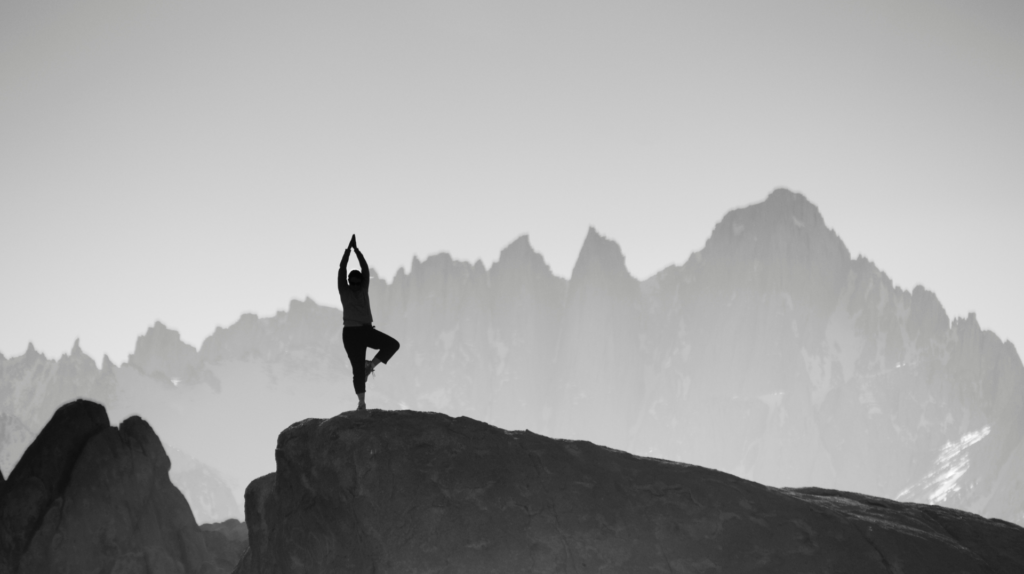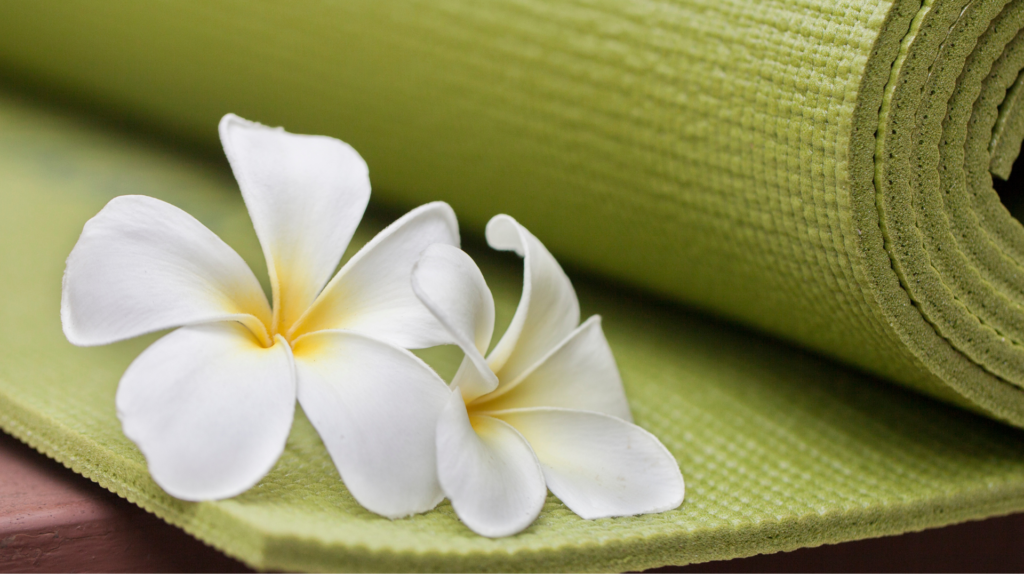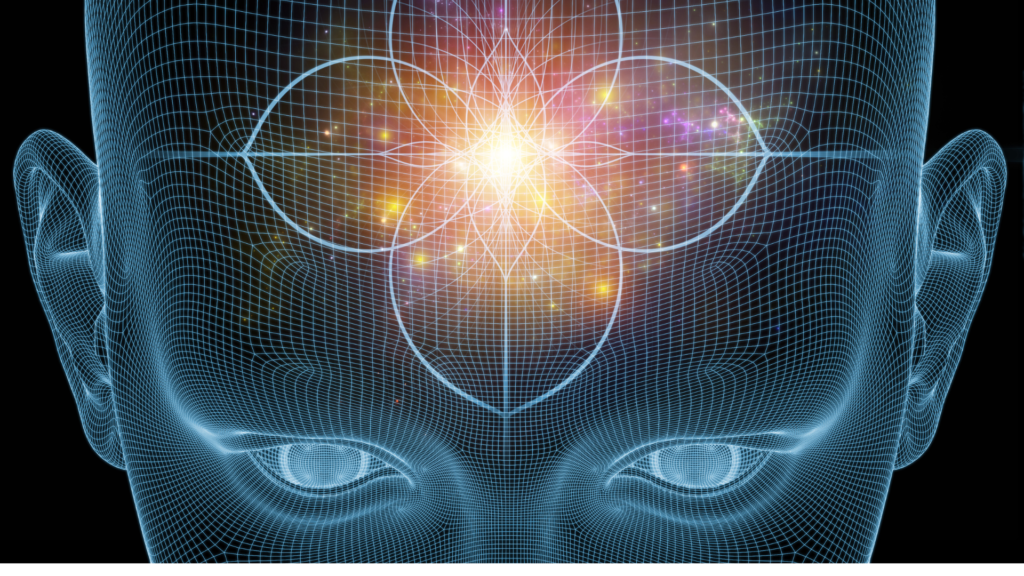Patanjali Yoga Sutra Chapter 2 – Sadhana Pada
- Firstly, austerity, introspection, surrender to God form Kriya Yoga.
- Furthermore, when constantly thinking of liberation, difficulties dissipate as one develops.
- Lack of knowledge of the Self, asmita (feeling of being), attraction-revulsion (raaga-dwesha), fear of death are obstacles to liberation.
- Also, lack of knowledge of the Self keeps the pasture from developing, it can be dormant, weak, robust or overwhelming in its resistance.
- Unfortunately, treating the transient as impure, pain as different from the Soul, regular cleanliness as the easy path to insight into the Soul results from lack of knowledge of the Self.
- First, perceiving the Self for the truth is asmita (feeling of being).
- Next, foreseeing peace as a result is raaga
- Also, foreseeing grief as a result is dwesha
- Likewise, comfort with current existence makes one cling to it, leading to fear of death.
- That source should be rendered ineffective/ incapable (sookshma).
- Meditation reduces generation of cognitive activity.
- Uniquely, the root of obstacles is the expectation of action, those seen-unseen created by life experiences.
- Additionally, the root of capability comes from station in society, lifespan and enjoyment of pleasures.
- The fruit of pain or pleasure is caused by virtue or lack of it.
- The heat generated by transformation, the grief generated by change, the resistance to change in the Gunas (attributes), suffering is common in all who can discriminate.
- But future suffering can be avoided.
- The attachment of the perceiver to the perception is the cause and should be avoided.
- Prakasha (clarity), kriya (action), sthithi (static) comprise all experience and need to be transcended for liberation from perceived pleasure and purpose goals.
- All Gunas pass through 4 stages – gross (vishesh), subtle (avishesh or non specific), primal (linga-matra or symbolic measure) and unevolved (alingani or unmanifestation) .
- In fact, only the seer experiences the clarity of his perception.
- Importantly, the only goal of perception is to see the Soul (Centre of the Self or Identity).
- Materiality gets destroyed although it is not destroyed for common people.
- The personal experience (upalabd) of the union (sanyog) of one’s Identity (Swami) with one’s manifestation (Shatki) is the objective (svaroopa).
- The root cause is ignorance (avidya – lack of insight into the Self).
- Whose sentiment merges into non-sentiment, the seer is released into liberation (kaivalya).
- The ability to discriminate in an uninterrupted manner till the goal is reached is a means of success.
- This is the seven stage process to the edge of the subject of awareness. (The seven stages are: All knowledge is resident in the Self, Cessation of grief, Samadhi, Adjusting on return from Samadhi, Realisation that the material world has no value, erasing of memory, eternal union with the infinite.)
- So, practice of Yoga destroys spiritual impurity and allows one to gain knowledge of the Self and ability to discriminate.
- Yama–Niyama-Asana-Pranayama-Pratyahara-Dhyana-Dharana-Samadhi form the eight limbs.
- Ahimsa (non violence), satya (truth), asteya (non-stealing), brahmacharya (sexual continence), aparigraha (eschewing possession) constitute yama.
- Moreover, this is not bound by caste, location/ country, time or situation. Also, these major rules cover all stages in life.
- Cleanliness, contentment, austerity, self study/ reflection, surrender to a God comprises niyama.
- Nonetheless, to overcome difficulties in practice, use the technique of aligning with an opposite concept.
- To emphasize, the obstacles of violence, whether one is the doer, the instigator or perpetrator comes from greed, anger and fixation. So, when one is excessively mild and medium in the extreme, then one experiences grief and happiness as fruits which is the opposing concept.
- Ahimsa (non violence) becomes permanent in one who abandons conflict.
- Satya (truth) becomes permanent when the each statement on each result is based on actual outcome.
- Asteya (non stealing) becomes permanent when all jewels are available when the person is there. (The person can be left alone with all jewels and nothing will be lost).
- Brahmacharyam becomes permanent when all semen is conserved.
- Aparigraha (eschewing possessions) comes from knowledge of the purpose of living.
- Soucham (cleanliness) comes from cleaning one’s own limbs and avoiding contact with others.
- Also, clean harmony, clarity of purpose, control over the senses, self realisation form the basis of the concept of yoga.
- Santosham (contentment) results in unparalled harmony.
- Notably, through perfection in tapas (austerities), impurities of the body and senses are removed.
- Significantly, through personal study/ reflection, one gets connected with his or her favourite deity.
- Perfection is Samadhi , comes from the grace of God.
- That which is static and comfortable is asana.
- Thereupon, success comes from practice and relaxed effort combined with meditation on the infinite.
- Thereafter, one is not troubled by duality.
- After mastering asana, cessation of inhalation and exhalation is pranayama (control of prana).
- When the external and internal breathing is kept steady, space, time, even logic are rendered subtle when regulated over extended practice.
- Thereafter, the moment between the internal-eternal breath is the fourth aspect
- Consequently, this light removes the cosmetic covering.
- Dharana is the yoking of the cognitive apparatus.
- Finally, when the senses unite with the natural state of one’s awareness, this is pratyahara
- Thus, one gets supreme awareness of the senses.



